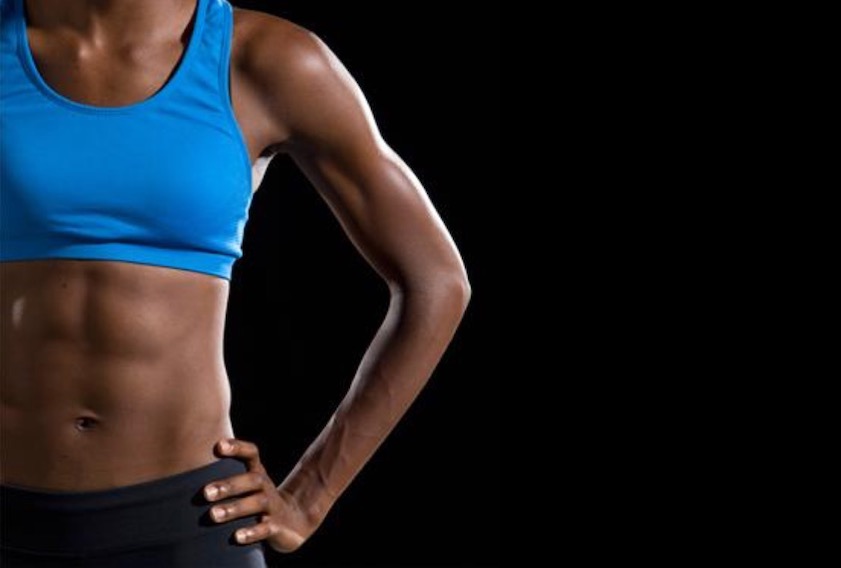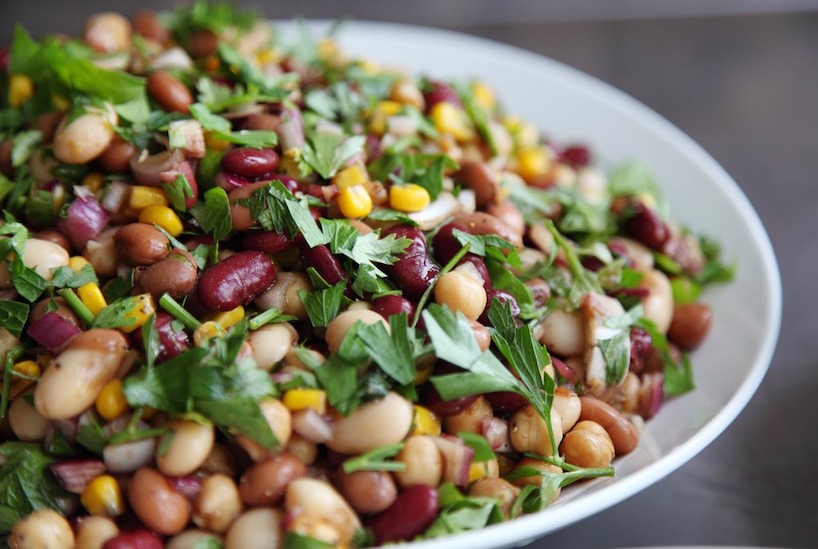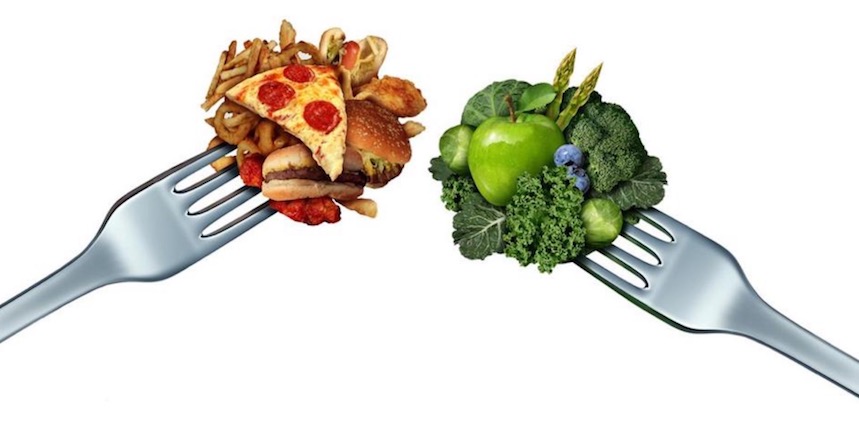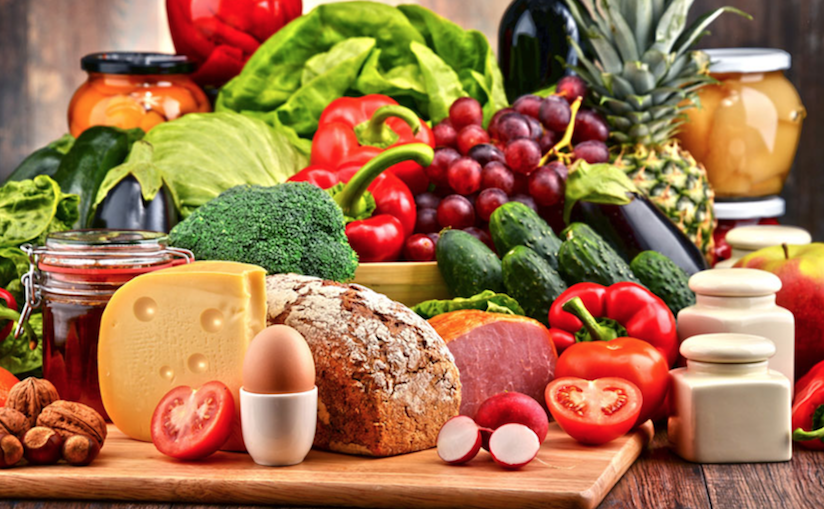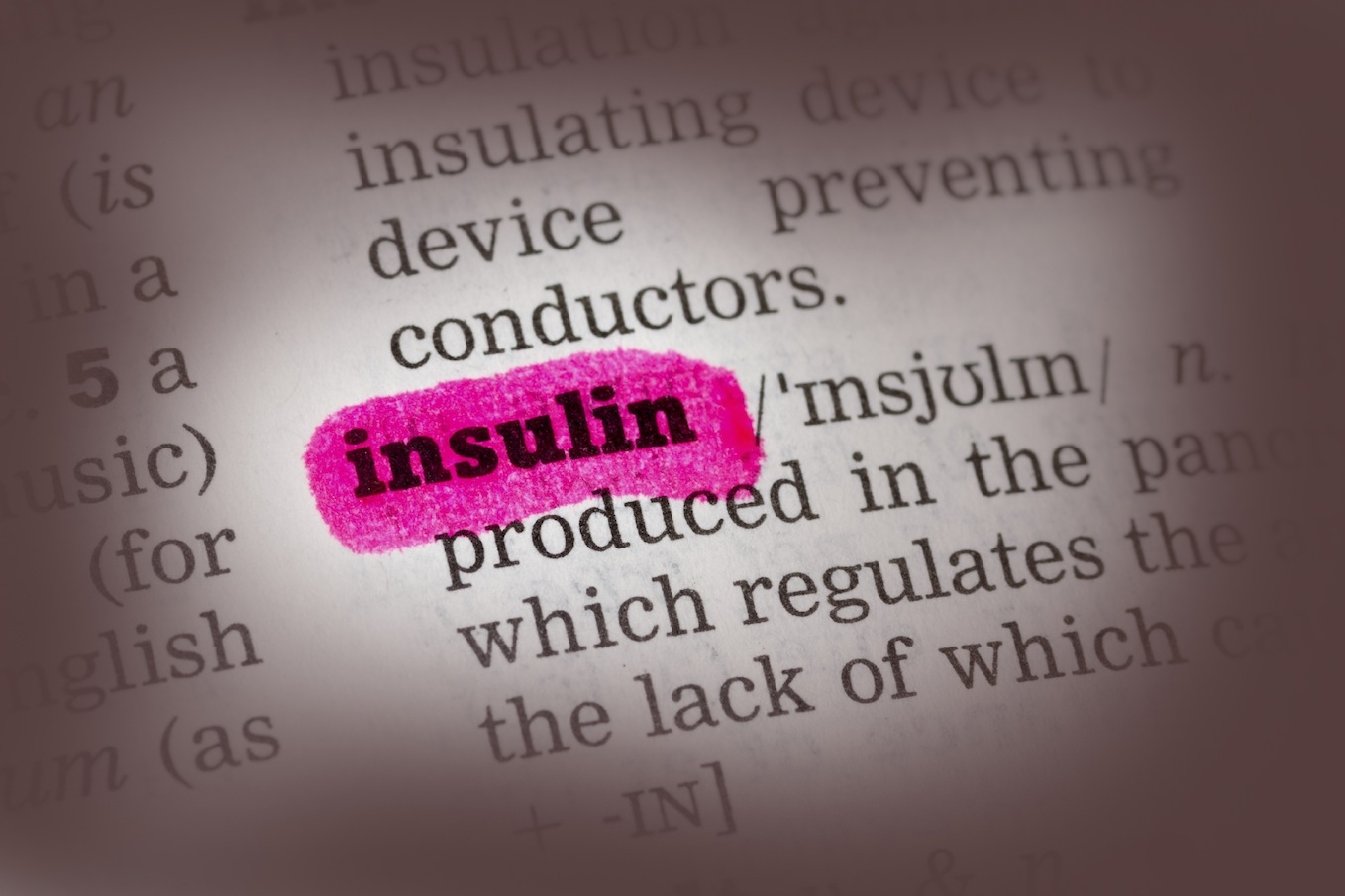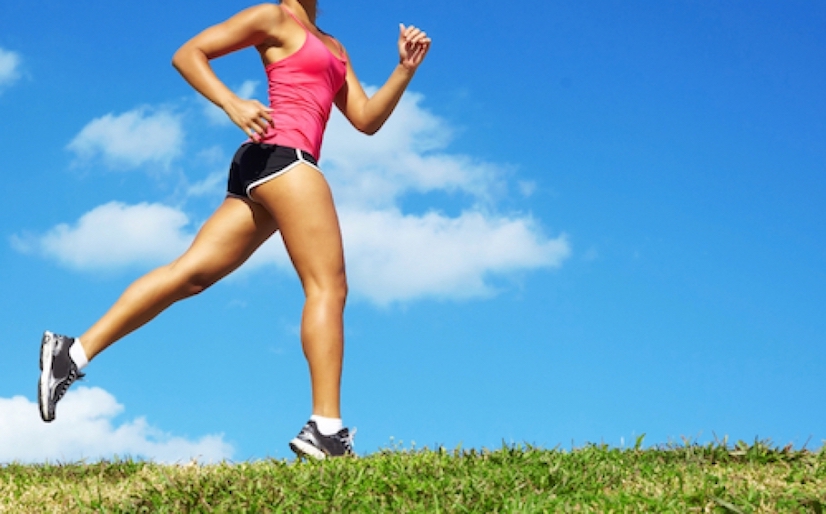Seems like everyone these days complains about their midsection. In fact, one of the most common questions I am asked by clients, friends, and family is: “How do I get rid of this?”—Of course, referring to the infamous belly protrusion.
Interestingly enough, regardless of how often I’m ask this question, my answer is always the same: “With exercise and healthy eating habits.”
Still, most choose to continuously perform 100 crunches a day or invest in ab lounges, ab rowers, ab doers, ab rockers, and bender balls in order to develop muscles that encompass only 20% of the entire abdominal region.
Related Article: Why Exercise Alone Won’t Get Rid of Belly Fat
Yes, you read that right!
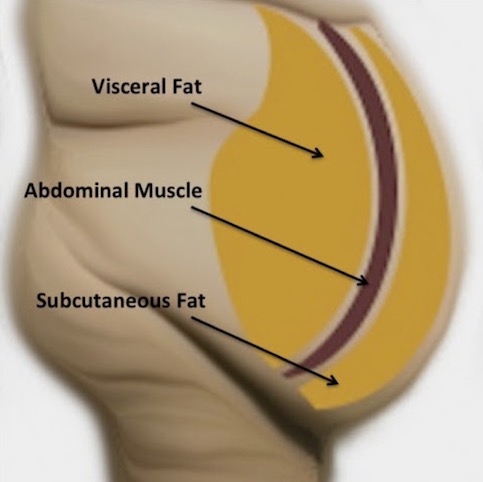 Like all parts of the body, the abdominal region is comprised of an external layer of skin, an internal layer of subcutaneous fat tissue, and another internal layer of muscle tissue.
Like all parts of the body, the abdominal region is comprised of an external layer of skin, an internal layer of subcutaneous fat tissue, and another internal layer of muscle tissue.
But, there’s also a deeper layer of fat tissue located just behind the abdominal muscles, known as visceral fat.
This is the fat that surrounds all the internal organs in the abdominal region. It is an excess of visceral fat that’s linked to many of the health problems associated with obesity including high cholesterol, high blood pressure, and type 2 diabetes.
Excess weight gain essentially involves an accumulation of subcutaneous fat distributed throughout the entire body. This gives an overall appearance of “flab”. In a similar but different manner, accumulation of visceral fat causes the abdominal muscles to protrude giving the appearance of a “paunch”, “gut”, “pot belly” or “beer belly”.
So, as you can see, belly fat is a “fat” issue, as opposed to a muscle issue!
Given these facts, the secret to great abs is really not a secret at all—Lose the fat!
And lucky for you, subcutaneous and visceral fat are both amenable to exercise and nutrition interventions.
Cardiovascular (cardio) exercises like walking, running, cycling, elliptical training, and aerobic dance can greatly reduce the accumulation of body wide subcutaneous fat as well as excess visceral fat housed in the abdominal region.
Related Article: How to Perform Cardio Exercise the Right Way
This holds true regardless of your age, sex, or disease status.
Furthermore, increasing the volume (frequency and duration) and overall intensity at which you exercise can greatly maximize your fat burning efforts.
For instance, if you’re really trying to rid your body of belly fat, 30 minutes of leisure walking at a 2.0-2.5 mph pace just won’t cut it. But, if you walk at a more moderate pace (3.0 mph) for 45-60 minutes (or more) and perhaps add some incline training or high-speed sprints, you’ll definitely be working more towards a flatter tummy!
Related Article: Target Heart Rate: Are You Working Out Hard Enough?
Although often overlooked, whole body resistance (weight) training has its own unique set of benefits when it comes to achieving great abs. Through it’s muscle building effects, weight training inherently elevates the metabolic rate, thereby fueling the fat burning process that’s necessary for ridding your body of stubborn belly fat.
Related Article: How to Lose the Gut and Not the Butt
From a nutritional standpoint, adopting a healthy, balanced diet is also an absolutely must, as doing so is critical for maintaining a well-functioning metabolism. As such you should regularly consume a variety of foods rich in essential macronutrients (carbohydrates, fat, and protein) to ensure that you’re obtaining all the vital micronutrients your body needs.
When it comes to carbohydrates, opt for non-starchy veggies and low-sugar fruits, high-quality whole grain foods, and legumes (beans, peas, and lentils). To up your intake of fat and protein, include foods like extra-virgin olive oil, avocado, nuts and seeds, oily fish, high-quality meats, dairy and/or whole soy foods in your daily diet.
In addition to monitoring the foods you eat, it’s also important that you’re burning more calories than you consume, as excess calories tend to preferentially store as visceral fat.
Now, given all the facts I’ve laid out, if you still opt for abdominal muscle boot-camp, with crunches and “ab” prefixed machines, know that such spot exercising may tighten the small fraction of muscles housed in the abdominal region but won’t do a thing for the fat that’s there.
Trust me…It’s science!

